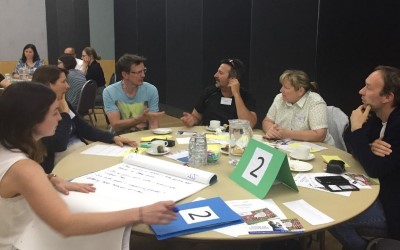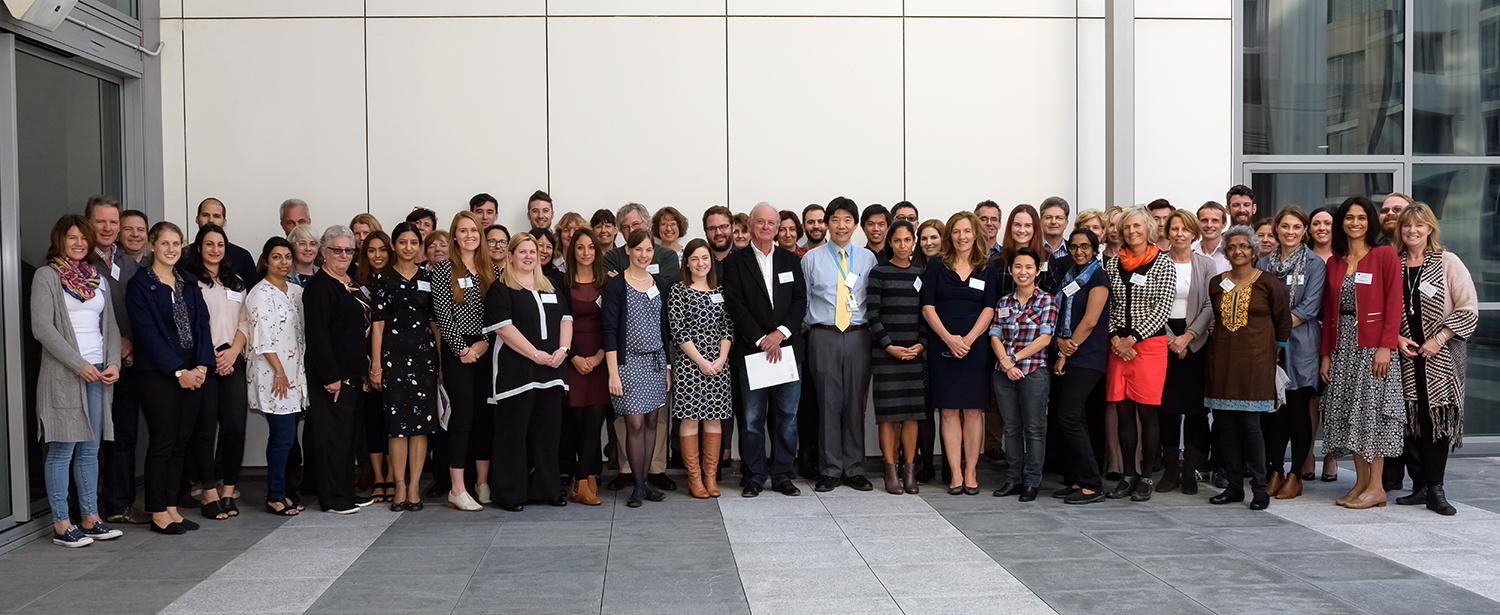Search

News & Events
Community Conversation wrap upThe Children's Diabetes Centre recently held its first-ever Community Conversation for the diabetes community to have their say on issues important to them.

News & Events
Patients hit for six by cricket visitPlayers from Perth Scorchers’ KFC Big Bash team paid an unexpected visit to cricket fans in PMH’s diabetes ward recently.

News & Events
Urgent device recallMedtronic has issued an urgent medical device recall of their MiniMed infusion sets for potentially over-delivering insulin.

Research
Genome-wide association analysis identifies 13 new risk loci for schizophreniaCommon genetic variation has an important role in the etiology of schizophrenia, and larger studies will allow more detailed understanding of this disorder.
Research
Mothers' and Fathers' Work Hours, Child Gender, and Behavior in Middle ChildhoodThis study examined the association between typical parental work hours (including nonemployed parents) and children's behavior in two-parent heterosexual...
Research
Complementary and alternative medicine for autism spectrum disorders: Rationale, safety and efficacyThere is insufficient evidence to draw conclusions on the efficacy of modified diets, hyperbaric oxygen therapy, immune therapy, and vitamin and fatty acid...
Research
Expiratory flow limitation and breathing strategies in overweight adolescents during submaximal exerciseYoung people who are overweight/obese are more likely to display expFL during submaximal exercise compared with children of healthy weight.
Research
Participation in paediatric cancer studies: Timing and approach to recruitmentIn this sub-study, we aimed to investigate factors that may have influenced study participation and completeness of survey completion.
Research
A randomized, controlled, phase 1/2 trial of a neisseria meningitidis serogroup B bivalent rLP2086 vaccine in healthy children and adolescentsFactor H binding protein (also known as LP2086) is a conserved outer membrane neisserial lipoprotein that has emerged as a strong candidate protein antigen...
